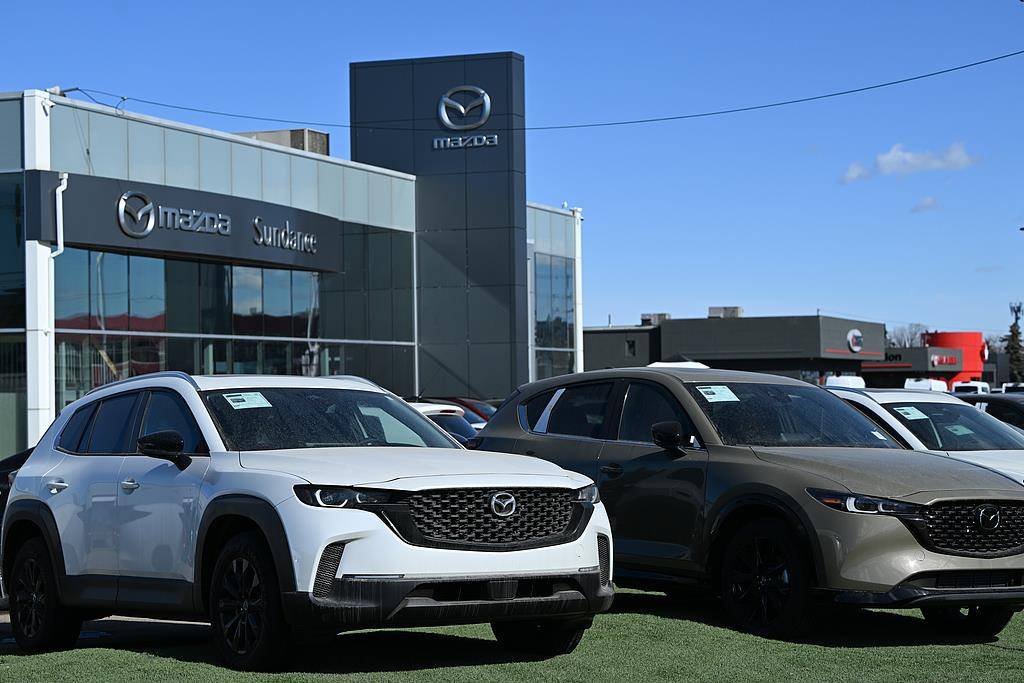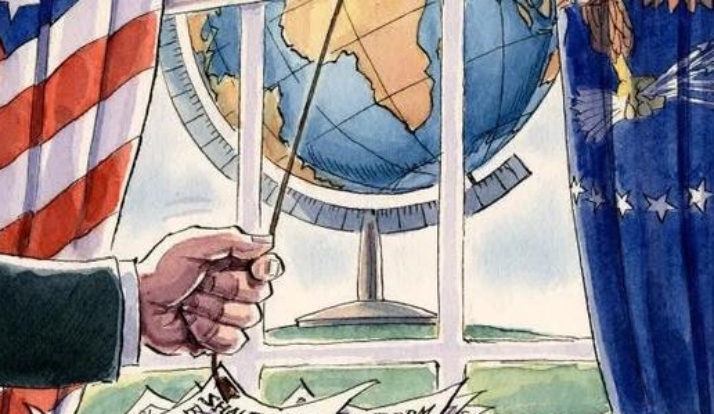
On August 5, 2025, Mazda Motor Corporation's second-quarter financial report struck like a heavy hammer, sending shockwaves throughout the global automotive industry—its net profit attributable to shareholders plummeted from a profit of 49.8 billion yen in the same period last year to a loss of 42.1 billion yen (approximately $285 million). This storm triggered by U.S. tariff policies not only tore off Mazda's "profit facade" but also exposed the vulnerability of multinational automakers under a globalized supply chain.
I. Tariff Pressure: From a "Profit Engine" to a "Loss Black Hole"
The U.S. market holds a vital position for Mazda, akin to its "lifeblood." In the second quarter of 2025, the U.S. market contributed 30% of its global sales. However, sales in the U.S. declined during the same period due to tariff policies. The financial report revealed that Mazda's global sales in the second quarter fell by 2.8% year-on-year to 301,000 vehicles, with sales revenue plummeting by 8.8%. More alarmingly, the company projected that its operating profit for the current fiscal year would decrease by 145.2 billion yen (about $987 million) due to tariffs. If no countermeasures were taken, the losses could expand to 233.5 billion yen.
The root of this predicament lies in Mazda's reliance on exports to the U.S. Its main models, such as the CX-50 and CX-90, are all produced at its Mexican plant and exported to the United States. The Trump administration's policy of imposing a 25% tariff on automobiles imported from Mexico directly drove up costs. According to estimates, tariffs increased the cost of each vehicle by approximately $3,000, and Mazda found it difficult to fully pass on this pressure through price hikes—the average selling price in the U.S. market only rose by 5%, far from covering the cost increase.
II. Supply Chain "Earthquake": A Chain Reaction from North America to the Globe
The tariff shock rapidly rippled through Mazda's global supply chain. To mitigate risks, the company was forced to adjust its production layout: the Mexican plant reduced production by 15%, and part of its capacity was transferred to the plant in Alabama, the United States. However, the latter's capacity ramp-up took time, resulting in a 22% decline in North American inventory in the second quarter. Meanwhile, the headquarters in Hiroshima, Japan, had to increase exports of auto parts to the U.S., but the appreciation of the yen further eroded its price competitiveness.
This strategy of "robbing Peter to pay Paul" came at a high cost. Mazda's Chief Financial Officer, Jeffrey Guyton, admitted that merely adjusting transportation routes increased logistics costs by over 20 billion yen. More challenging was the fact that the European market incurred non-recurring losses due to product lineup adjustments, while the Chinese market was hit by the price war in new energy vehicles, with sales in the second quarter slumping by 24% year-on-year. Among the four major global markets, only the domestic Japanese market saw an 8% growth in sales due to the launch of new models like the CX-60, but this was far from offsetting the weakness in other markets.
III. Transition Pains: The "Double-Edged Sword" of Electrification and Cost Reduction and Efficiency Enhancement
Faced with the crisis, Mazda accelerated its second-phase transformation strategy, but the short-term pains were significant. The company planned to reduce the complexity of the next-generation CX-5 by 60% by 2026 and cut costs by 15% through manufacturing innovation. However, investments in electrification devoured a large portion of profits—research and development expenses in the second quarter increased by 12% year-on-year, mainly for the development of solid-state batteries and 800V high-voltage platforms.
Financial data vividly reflected the cost of transformation: in the first half of the 2025 fiscal year, Mazda's operating profit fell by 20% year-on-year to 103 billion yen, and net profit plummeted by 67% to 35.3 billion yen. Although the North American market hit an all-time high in sales of CX series models, sales incentive costs increased by 84 billion yen, and raw material and logistics costs rose by 15.7 billion yen, completely offsetting the 52 billion yen in benefits from exchange rate fluctuations.
IV. Industry Resonance: The "Tariff Survival Battle" of Global Automakers
Mazda's predicament was not an isolated case. Toyota estimated that its profit would decrease by over $1.2 billion from April to May due to tariffs. General Motors suspended the release of its annual forecast, and Ford withdrew its profit guidance. Cox Automotive, a U.S. consulting firm, warned that if tariff costs could not be absorbed, new car prices might rise by 20%, and new car sales in the U.S. in 2025 could drop to 15.6 million units, a 4% decrease from the initial forecast at the beginning of the year.
In this "tariff survival battle," automakers adopted divergent strategies. Hyundai Motor Group announced a $21 billion investment over four years to build plants in the U.S., planning to increase production by 70%. Mazda, on the other hand, chose a "flexible response," reducing risks by increasing capacity at the Alabama plant and optimizing inventory management. However, Guyton acknowledged that if tariff policies persisted, the company might be forced to transfer more capacity to the United States, which could trigger a new round of global industrial restructuring.
V. Future Uncertainty: The Game between Tariff Policies and Industrial Transformation
Mazda's heavy loss was essentially a microcosm of the collision between a globalized supply chain and trade protectionism. The company projected that its operating profit for the current fiscal year would be only 50 billion yen, a significant decline from the previous fiscal year, and it did not release its forecast for the 2026 fiscal year, highlighting the uncertainty of its prospects.
In the short term, Mazda needed to find a balance between cost control and market expansion. For example, it could reduce R&D costs by collaborating with Toyota to share hybrid technology or expand exports to Europe by leveraging the Japan-EU Economic Partnership Agreement. In the long run, electrification transformation remained crucial—the company planned to increase the proportion of electric vehicles to 40% by 2030. However, how to avoid the double squeeze of "transformation investments" and "tariff costs" would test the wisdom of its management.
Mazda's heavy loss in the second quarter sounded an alarm for global automakers. As trade protectionism becomes the new normal, supply chain resilience, market diversification, and transformation pace will become the survival rules. This tariff storm will eventually subside, but the reshaping of the industrial landscape is irreversible—only those enterprises that can cope with short-term shocks and grasp long-term trends will stand out in the new round of competition.

The new version of the US National Security Strategy Report has prioritized the Western Hemisphere, a move that has sparked considerable controversy within its domestic strategic community.
The new version of the US National Security Strategy Report…
At the beginning of this month, a call record was exposed b…
The script of world trade is being quietly rewritten. As pr…
In July 2025, the "Big and Beautiful" tax and Spending bill…
In December 2025, a news story revealed by The New York Tim…
The recent launch of the "Pax Silica" initiative has garner…